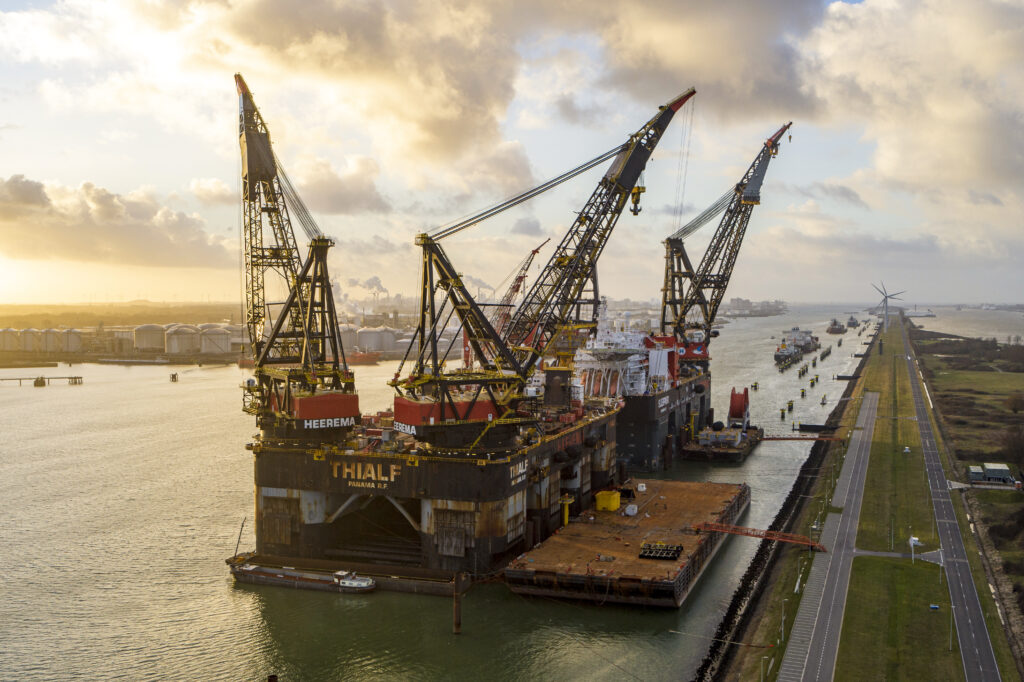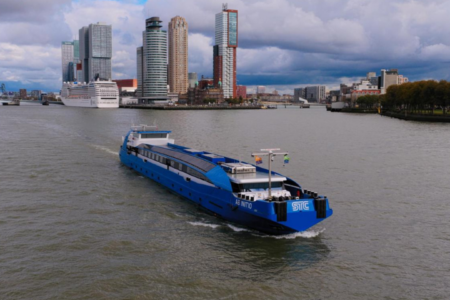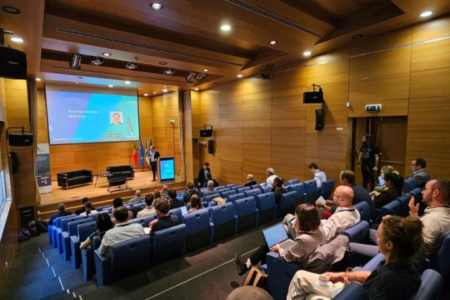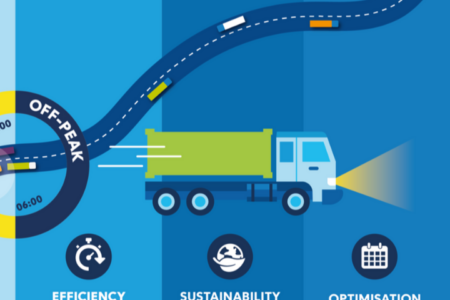By: Edwin-Jan Wiggelinkhuizen, Catherine Eeckels (TNO) and Hedzer Keulen
European ports aim to become net zero by 2050. A critical step toward this goal is the decarbonization of energy supply chains within ports. Shore power for small and large vessels at berth is expected to play a significant role in reducing emissions. However, many ports face limitations in grid capacity, which limits the expansion of shore power infrastructure.
To utilize the available grid capacity more effectively, peak-shaving when using shore power can be applied by means of local electricity storage. This reduces the need for grid expansion or reinforcement for new shore power connections. In addition, it can lower the operational costs for existing facilities and for its connected vessels.
MAGPIE Demo 3 concerns an existing shore power facility in the Port of Rotterdam (NL) that supplies electricity to two large crane vessels of Heerema Marine Contractors. A Battery Electricity Storage System (BESS) onboard one of these vessels is planned to provide peak shaving while at shore power. The power profile typically is a baseload with a fluctuating load from operating the cranes on the vessel which can operate 24/7. Due to the limited contracted grid capacity, peak-shaving during periods of crane operation is expected to reduce the grid fees. Using a BESS for peak shaving can also prevent the need for additional diesel generators providing power while being connected to the shore power when two cranes operate simultaneously.

A nearby wind farm from ENECO feeds in through the same grid connection point as the shore power facility. While the vessel demand is fully determined by the crane lifting operations, the battery operation allows some flexibility, i.e. to prioritize recharging when sufficient renewable production is available. In general, co-locating renewable generation, when enabled to directly supply power to the vessel, can further reduce the energy procurement costs while reducing indirect emissions by partly replacing the grid electricity generation mix with renewables.
Tests were conducted in a down-scaled mock-up at the SWITCH field lab of TNO. These showed that the BESS can significantly reduce the peak demand. In these tests different levels of peak-shaving limits were applied, as well as different levels of renewable production. As a result, an optimal peak-shaving limit setting was found, preventing depletion of the BESS capacity and showing only very modest cyclic aging of the BESS. Local renewable electricity generation had practically no influence on this limit, as the BESS has to cover periods of zero production due to low wind resource conditions. However, local renewable generation largely contributed to BESS recharging.
These results provide input to the full-scale Demo 3 and the expansion of shore power systems as part of the roll-out plan of the Port of Rotterdam.


